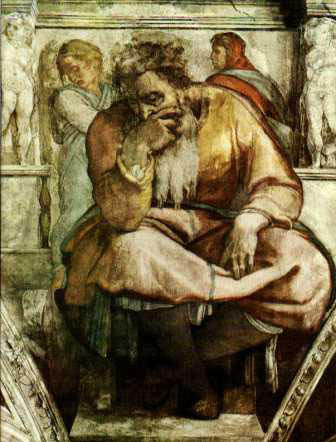The Bow of Elam
Biblical chronology isn’t always easy, but it provides the answers to many questions we have concerning Bible prophecy. James Jordan shows how crucial the book of Esther is for our understanding of Bible history:
The book of Esther is one of the most neglected of the books of the Bible. To be sure, sermons are preached on it, and commentaries have occasionally been written on it, but almost without exception Esther has been interpreted in isolation from the rest of Biblical history, chronology, and theology. Even many conservative commentators tend to view the events in Esther as minor occurrences that have been inflated in the narrative in order to make the point of the book. This is because they make the wrong assumptions about the dates of these events, and because they do not understand the importance of the events in Esther to the progress of revelation and redemption.
Because these considerations are intertwined, we want to look at Esther the same way we looked at Daniel, dealing with the context of the book, its teaching, and its timing. First of all, let me provide some introductory remarks to put Esther in Biblical context and perspective…
The Oracle Against Elam (Jeremiah 49:34-39)
The prophecies of Jeremiah against the nations flow from Jeremiah 25:9, where God says that He will give all the nations to His servant Nebuchadnezzar. With Daniel as his right hand counsellor, Nebuchadnezzar did indeed take over all these nations. Starting in Jeremiah 46, one nation after another is given to Nebuchadnezzar. But when we come to the oracle against Elam, nothing is said about Nebuchadnezzar. Thus, the commentators have suggested that the defeat of Elam is the defeat of Persia later on, after Persia conquered Babylon and then fell into ruin before Alexander the Great.
Without exception, the commentators fail to consider that this passage is most likely a prediction of the events in Esther. Susa was the capital of Elam, and Daniel was “in the citadel of Susa, which is in the province of Elam” when he was given his vision in Daniel 8. In that vision, Daniel was shown the ram of Persia conquering, and then the male goat of Alexander defeating him.
More to the point, however, is the fact that here we are expressly told of the link between Susa and Elam, which is important since the events in Esther take place in the royal city of Susa, capital of Elam-Persia from the time of Darius the Great onwards.
God begins in Jeremiah 49:35 by saying that He will break the bow of Elam, and it is worth bearing in mind that the Persians were great bow-wielding horsemen. God then says “I shall bring upon Elam the four winds from the four ends of heaven, and shall scatter them to all these winds.” Here is where the commentators go astray, because the four winds are not a symbol of a military invasion but of a Spiritual one.
Zechariah 2:6 states that God has dispersed His people as the four winds of the heavens. This is, of course, after the return from exile, when Persia ruled the world, but the symbol is here identified. Zechariah 6:5 shows the saints as the four winds of heaven riding forth on horses to bring God’s Spiritual conquest to the world of that day. The world, at rest in Zechariah 1, will now be shaken up because God’s Temple has been restored and the Holy Spirit is flowing out into the world (Zechariah 4).


























